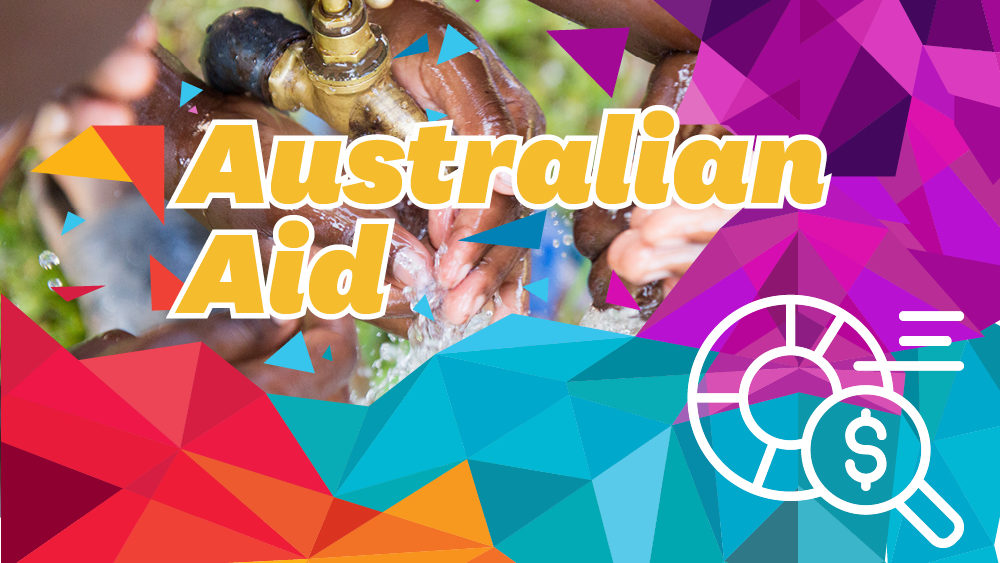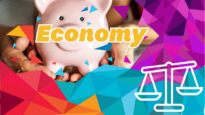Australian Aid
Key Issues
Here are some of the key Australian aid (also known as ‘foreign aid’) issues set to make an appearance in the lead up to election day.
How much do we give and how does it compare to other countries?
A recent poll by the Campaign for Australian Aid showed that generally people think Australia spends about 13 per cent of the federal budget on foreign aid, and, believes we should spend about 10 per cent.
In reality, though, Australia’s aid budget is 0.22 per cent of the nation’s gross national income (GNI) – i.e. 22 cents in every $100 and is budgeted to drop to just 19c in every $100 by 2021.
As a Development Assistance Committee (DAC) member country, Australia is committed to using DAC policies and guidelines in their foreign aid and development work, and to reporting and being reviewed on our official development assistance (ODA) efforts. The ODA efforts (as percentage of GNI for DAC members) can be seen for the period of 1995-2017 here.
In 2017, among 30 DAC donors, Australia was ranked:
- 19th on ODA as percentage of GNI
- 15th on ODA per capita
- 12th on aid volume
- 9th largest economy
Is Australian aid in the national interest?
Some Australians question whether Australia should have an Australian aid budget at all, citing domestic funding needs that should take precedence. In response, advocates point out Australia’s responsibility as global citizens in a shared world and the country’s relatively high standard of living.
But advocates also say there are pragmatic reasons in the national interest for Australia to maintain a generous aid budget, including national security, regional stability and trade.
Party Platforms
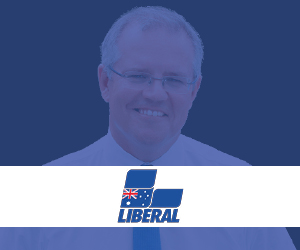
Since the Coalition Government came to power in 2013, the Australian aid budget has been cut by over 30 percent (in cumulative terms).
This is despite a bipartisan agreement by both major political parties in 2000 to raise the level of aid to 0.5 per cent of GNI by 2015, to meet the looming global challenges – a commitment that began being outworked by Prime Minister John Howard and peaked under a Labor government in 2012-13, at 0.34 percent.
The Coalition government has not announced clear Australian aid commitments as yet.
However, it has said: “We are working with our neighbours and others to support the Pacific’s long-term stability and economic prospects, by re-focusing our aid budget on our neighbourhood, and supporting infrastructure development and bolstering maritime security capability, just to name a few.”
The “supporting infrastructure development” part of the government’s commitment was revealed in November 2018, when Prime Minister Scott Morrison announced a new Australian Infrastructure Financing Facility for the Pacific. This $2 billion bank will allow Pacific island nations to be able to draw on the bank to get discounted loans for ports, roads, telecommunications infrastructure.
The move is a strategic change to the government’s role in the region and reportedly in response to a perceived increase in the influence of China which has increasingly become a lender in the region.
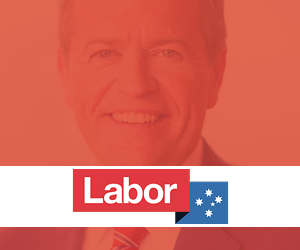
In December 2018, the ALP announced that, if elected, it would increase Australian aid as a percentage of gross national income every year, with the goal of achieving a funding target of 0.5% percent.
The party also committed to provide additional aid funding for refugee work if elected. These commitments included: $500 million over five years to the work of the United Nations High Commissioner for Refugees; an additional $30 million to address the humanitarian crises in the Palestinian Territories, Myanmar and Bangladesh; and a commitment to reform the Community Sponsored Refugee Program from 1000, to 5,000 refugees to resettle in Australia annually.

The Australian Greens party outlines a philosophical stance on Australian Aid which includes:
- Australia must contribute to humanitarian emergency relief where people become vulnerable and suffer because of natural disasters or social conflict.
- Australia has an obligation, particularly as a wealthy country, to encourage positive and equitable change in the social, economic and environmental conditions for citizens of developing nations.
- Australia must provide climate finance to developing countries commensurate with its wealth and historical contribution to the problem
The party’s aims include:
- An increase in the level of Australian overseas aid to a minimum of 0.7% of GNI phased in over time, as mandated by the United Nations, with provision for additional increases in the event of natural disasters or conflicts requiring major humanitarian interventions.
- Full delivery on Australia’s overseas aid commitments to the 2030 Agenda for Sustainable Development.
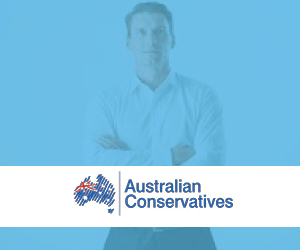
The Australian Conservative’s position on Australian aid is as follows:
“It makes little sense to ask the Australian people to endorse their government borrowing money to provide foreign aid, when there are so many pressing issues at home.
“We recognise the need for regional aid to maintain the stability of Southeast Asia and Oceania, but our own population must come first, and we will not continue to provide foreign aid from government debt. Foreign aid will therefore only be approved where it is substantially in Australia’s strategic national interest or on compassionate grounds.”
Christian Commentary
Eternity has written several articles on the topic of Australian aid:
John Dickson ‘totally awakened’ to Australian Aid, April 2018: Ridley-College lecturer John Dickson has recently returned from a trip to Jordan and Lebanon looking at the role of Australian Aid and he’s making no attempt to downplay the deep impact the experience has had on him.
ALP gives Australian Aid advocates an early Christmas present, December 2018: Micah Australia’s executive director Tim Costello welcomes a Labor announcement commitment to increase aid funding if elected (see Labor policy platform for more): “This funding is in line with our values as a compassionate nation and will contribute to giving people [who are] waiting to find safety, the support that they need during their wait,” said Costello, who noted that an unprecedented 68.5 million people are displaced around the world.
The road to advocacy: hundreds of Christians meet with politicians in Canberra, December 2018: Hundreds of Christians have converged on Australia’s Parliament House this week to meet with politicians and ask them to increase the nation’s commitment to Australian Aid as part of Micah Australia’s Voices for Justice, a gathering of Christians to learn how to engage with federal politicians on issues around global poverty.
Australia is leading the world in disability-inclusive aid strategy, December 2018: CBM Australia, an international development organisation focused on ending the cycle of poverty and disabilities (formally Christian Blind Mission) says Australia has a disability-inclusive aid strategy that is recognised the world over, but urges the government to increase funding dedicated to that strategy.
Christians give Canberra a lesson in female leadership, September 2018: A coalition of key female Christian leaders visited the nation’s capital for meetings with Home Affairs Minister Peter Dutton and MPs from both political parties.
Australia’s table is ‘groaning with food’ and we must share it: Costello, May 2018: Tim Costello speaks out over the decision to continue the freeze on the foreign aid budget in the last federal budget. ““We believe this budget has revenue receipts rolling in, and the poorest should not be excluded from that revenue just because they don’t vote. “Foreign aid saves lives. It protects women and girls and gives them an education.”
Micah Australia
Micah Australia is a coalition of churches and Christian organisations “raising a powerful voice for justice and a world free from poverty.”
One its key campaign platforms is increasing Australia’s foreign aid. Here are a few of its reasons why:
Australian aid in poor countries
Advocates of Australian aid say that a little investment of Australian aid goes a long way in a poor country.
For example: in 2013/14, Australian aid provided 2.9 million people with access to safe water. Similarly, before 2000, three infectious diseases – AIDS, tuberculosis (TB) and malaria – accounted for nearly 3 million deaths a year. However, through the work of Global Fund, a partner organisation funded by Australian aid, all three diseases have dropped by more than 40 per cent. Put simply, Australian aid saves lives.
Aid spending in the Pacific region
The wealth of countries in the Pacific region directly impacts Australia in several different ways, including immigration, climate and national security. So, it is in Australia’s national interest for countries in our local region to flourish economically and to have a strong relationship with Australia.
“Australia needs both hard and soft power to remain active in our region. We need military defence, diplomacy and influence. And, we need overseas aid. Aid helps opens the way for effective relationships with our global neighbours, and it also contributes to stability in our region and beyond. Not only is aid the right thing to do, it’s the smart thing to do.”
